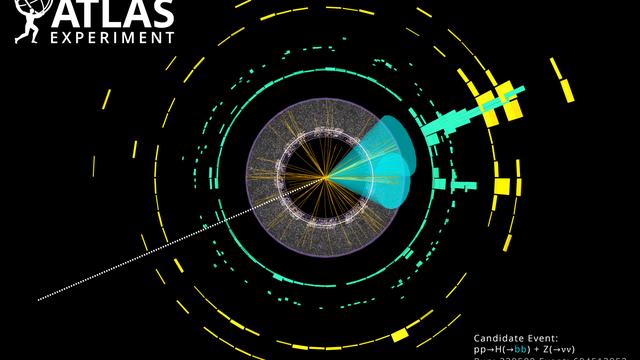
Research Projects
Detectors for the HL-LHC ATLAS upgrade (ATLASUPGRADE)
ATLASUPGRADE
Detectors for the HL-LHC ATLAS upgrade (ATLASUPGRADE)
To further probe the energy frontier, the LHC accelerator at CERN will be improved to be able to reach about ten times the current nominal instantaneous luminosity. The high luminosity LHC period (HL-LHC) is foreseen to start in 2028. In order to cope with the increase in luminosity, several ATLAS sub-systems have to be upgraded. This project is a continuation of previous coordinated FPN projects of IFAE and IMB-CNM, that is carried out in the framework of the flagship CERN program, which will deliver critical sub-detector systems fabricated in Spain to the ATLAS experiment. The ATLAS Pixel Detector plays a key role in many critical measurements since it significantly enhances track impact parameter resolution, vertex reconstruction and b-tagging. Specially important is its inner layer, which also has to sustain the highest radiation dose. ATLAS will replace the current inner detector with a full-silicon tracker (ITk) for the HL-LHC. IFAE and IMB-CNM have already made key contributions to the ATLAS pixel detectors: providing 3D pixel sensors for the current innermost pixel layer and constructing the ATLAS Forward Protons tracking system. The 3D technology was demonstrated to be radiation hard and outperform the traditional planar sensor approach. However, for the challenges presented by the ITk, a new generation of 3D pixel sensors was developed: with smaller pixel sizes and thinner active regions. ATLAS selected IMB-CNM as one of the production facilities for the 3D sensors and IFAE a site for module assembly and testing. IMB-CNM already launched the pre-production of 3D sensors, while IFAE has assembled the early prototype modules for the ATLAS ITk Pixel Detector. One of the main objectives of this project is the continuation and consolidation of these activities to deliver one fourth of the innermost ITk pixel modules.
However, even with the excellent position resolution that will be achieved with the ITk detector, the high number of simultaneous collisions during the HL-LHC period will significantly degrade the detector performance in the forward region. Thus, a High Granularity Timing Detector (HGTD) will be fabricated to mitigate the effect of pile-up. The Low Gain Avalanche Detector (LGAD) technology, initially developed at IMB-CNM, was chosen for the HGTD. The second main objective of this project, is the production of about one tenth of the HGTD modules to be done fully in Spain, including LGAD sensor production at IMB-CNM, and ASIC design, hybridization and module assembly and testing at IFAE. The HGTD schedule does not overlap significantly with the ITk one.
The ATLAS calorimeter system is also sensitive to the increase in luminosity that the HL-LHC will bring. In particular, the Tile Calorimeter will have to replace its front-end electronics. The mechanical structure that hosts these electronics also has to be replaced. IFAE proposed a mechanical design for the support structure (called mini-drawers). In the previous project most of the mini-drawers were fabricated. As part of this project, IFAE will fabricate the remaining 25% of the TileCal mini-drawers. In summary, this project is the consolidation the Spanish participation in the flagship program for the ATLAS upgrade towards the HL-LHC. The project main objectives are the delivery of 3D pixel modules, HGTD LGAD modules and mechanical supports for the TileCal. These contributions consist of deliverables almost fully fabricated in Spain."



